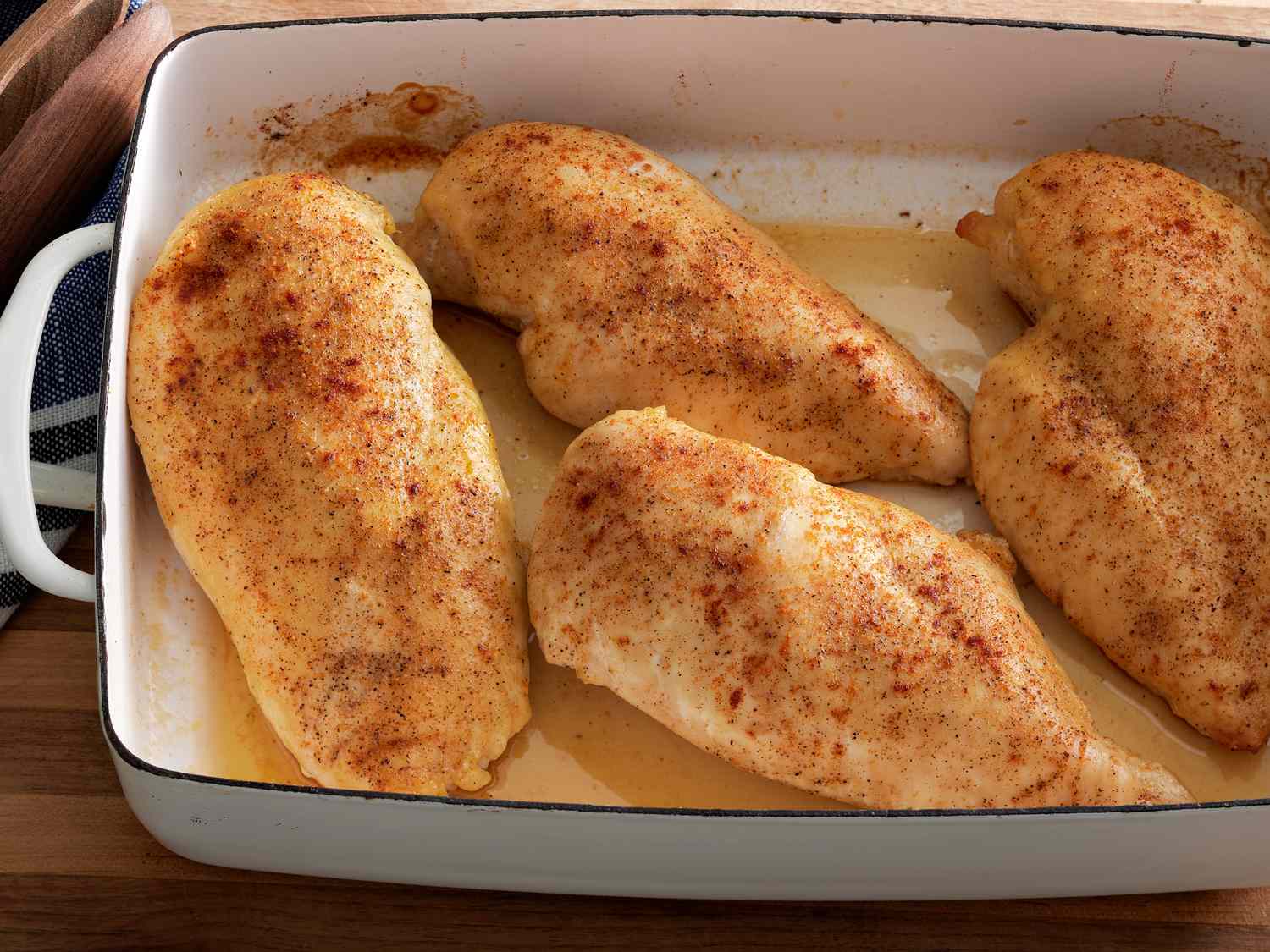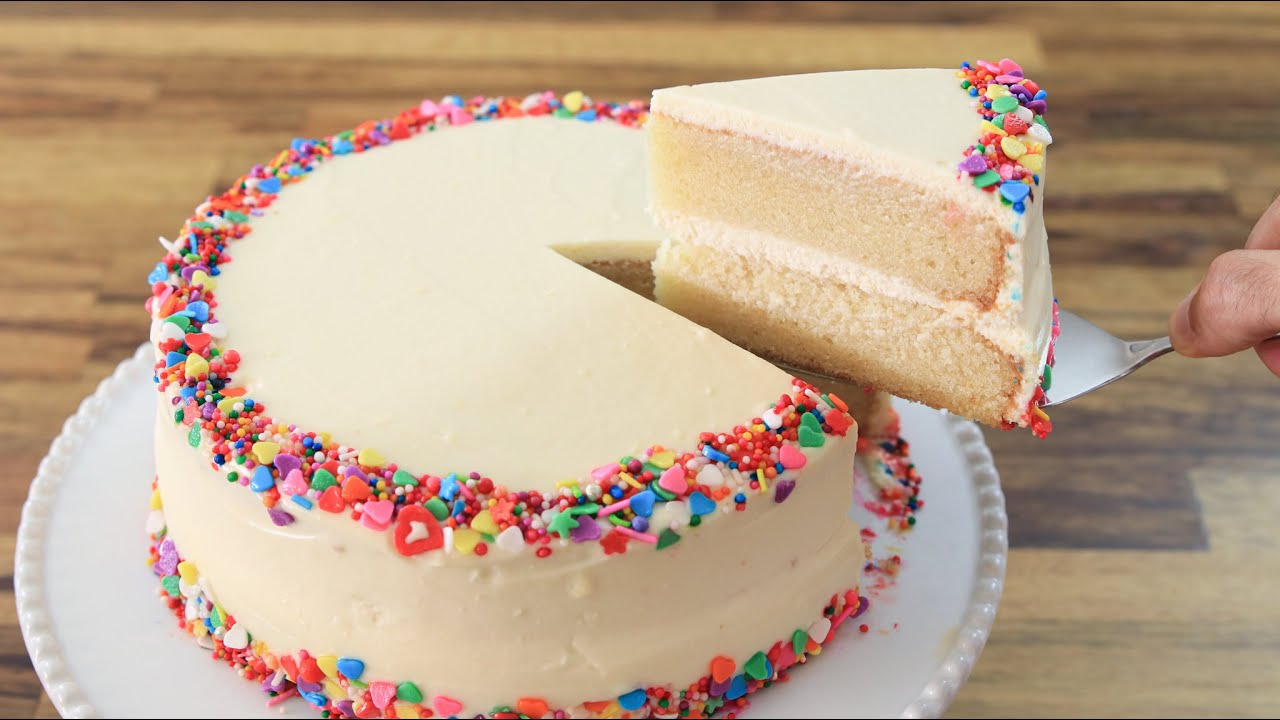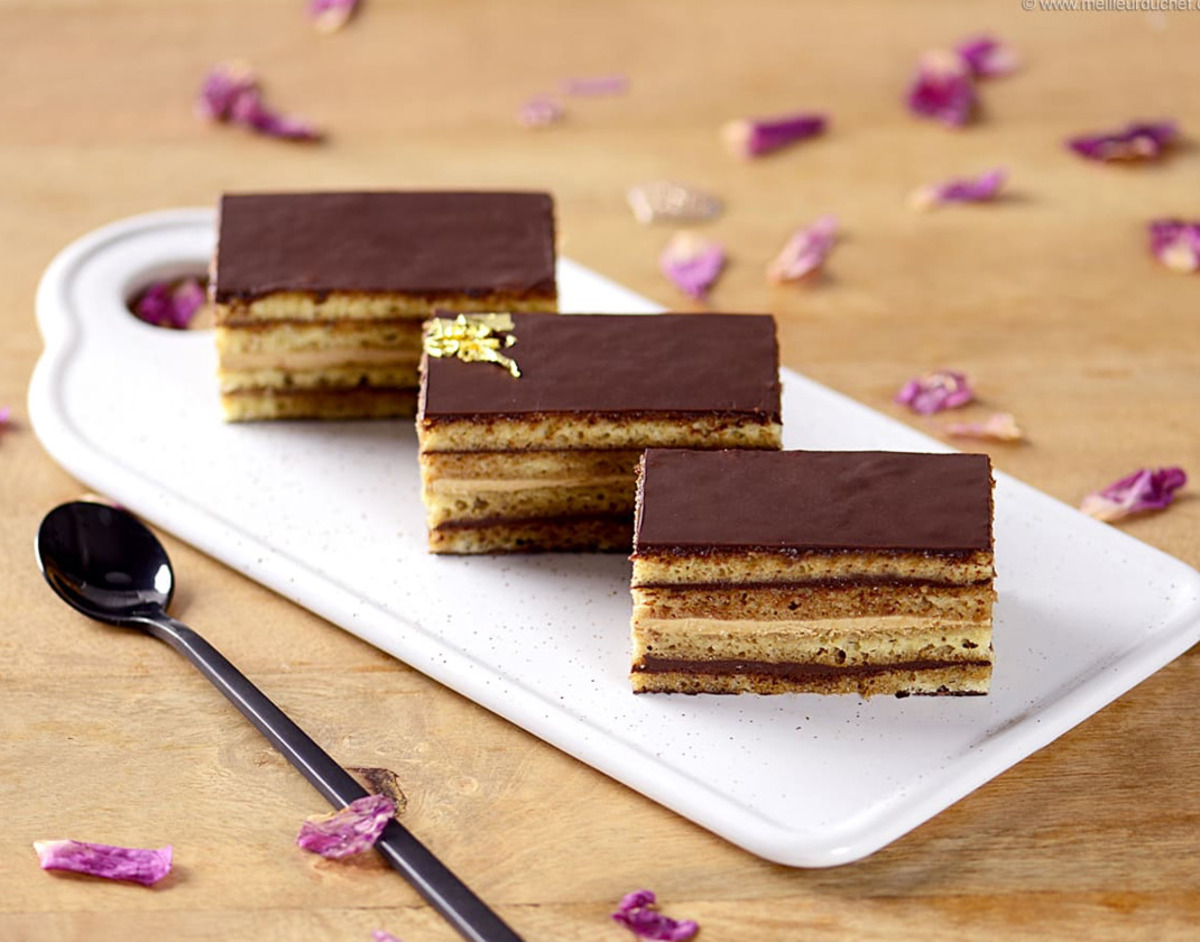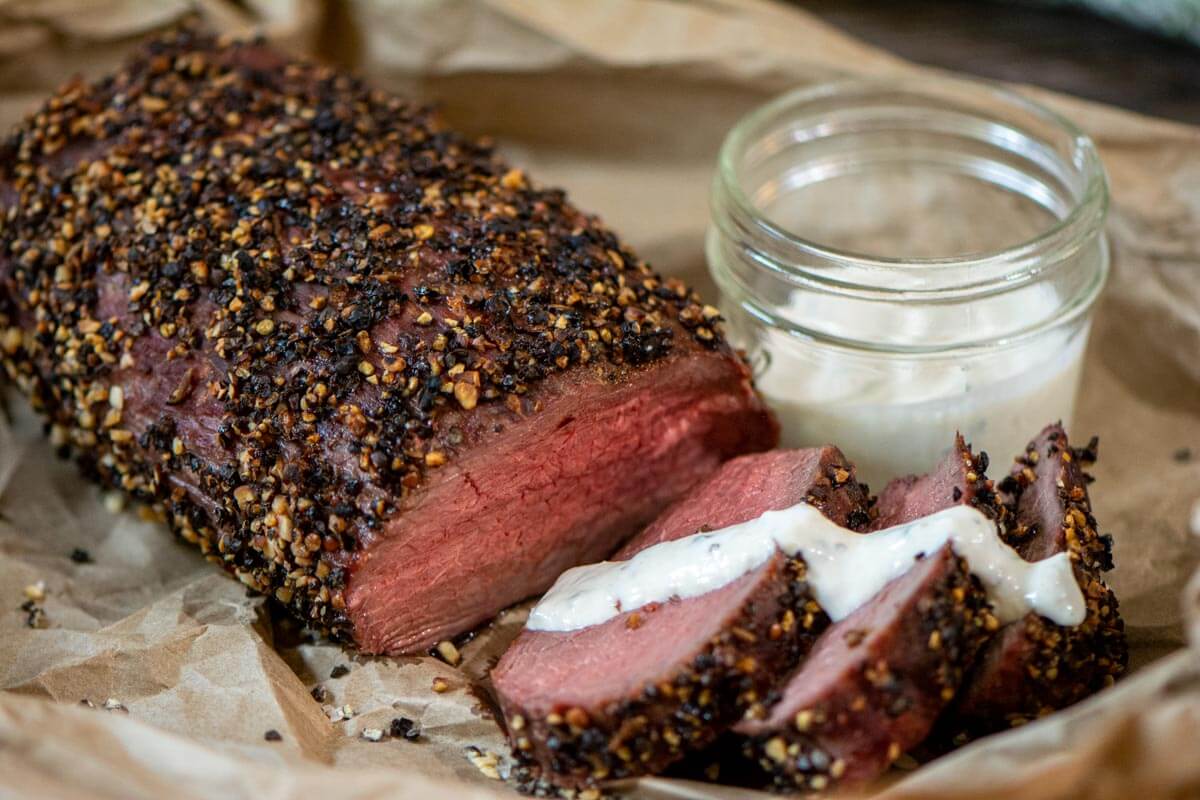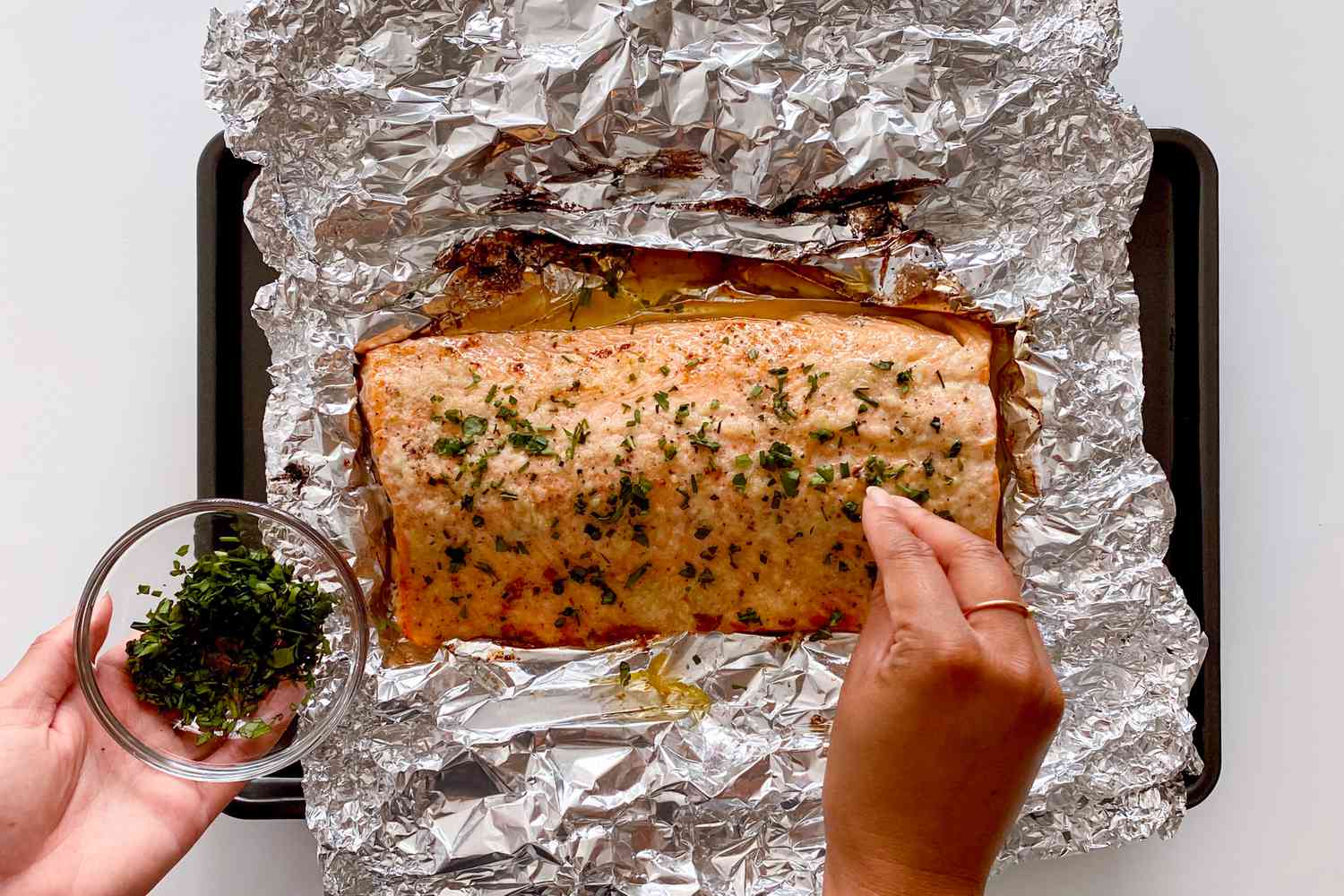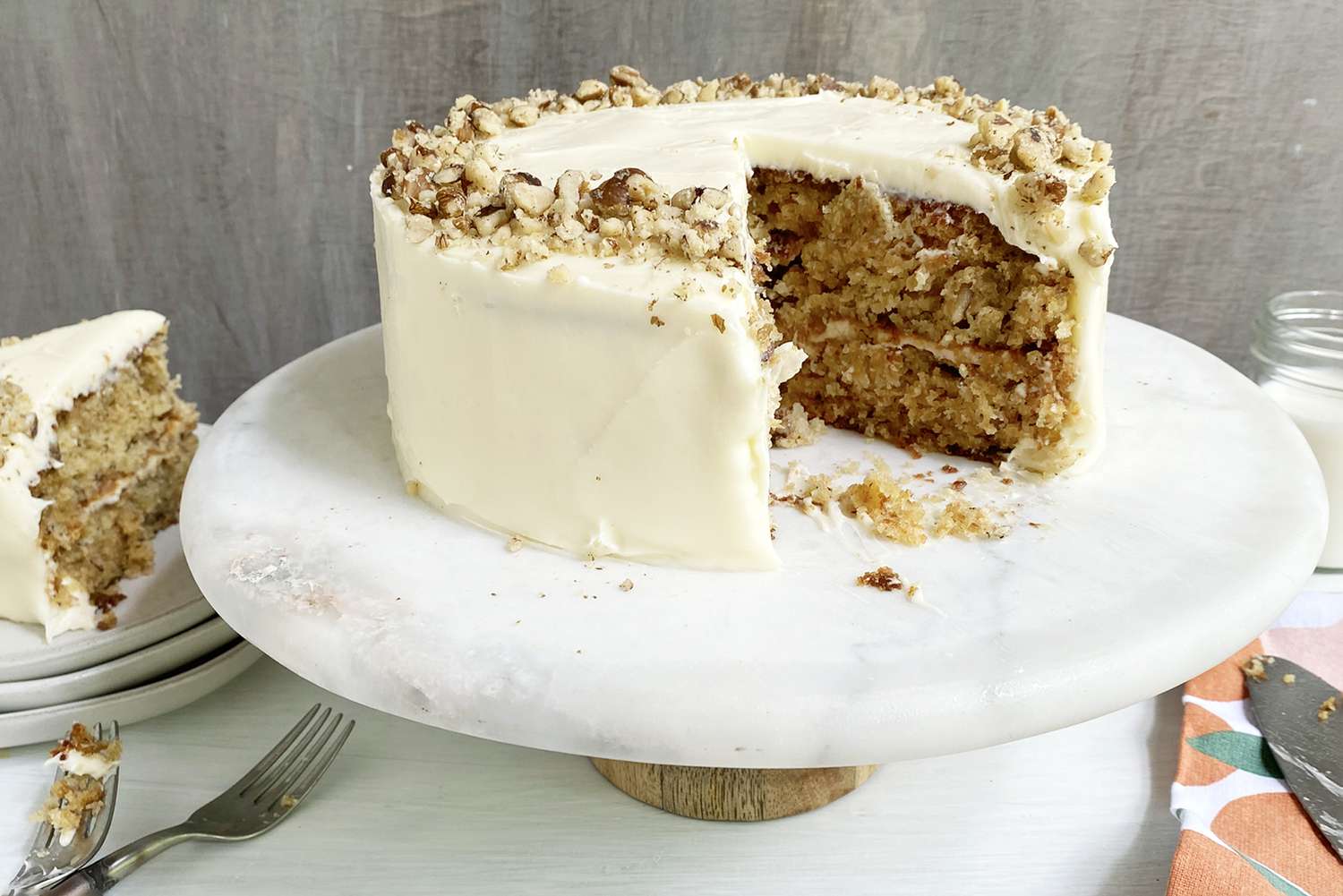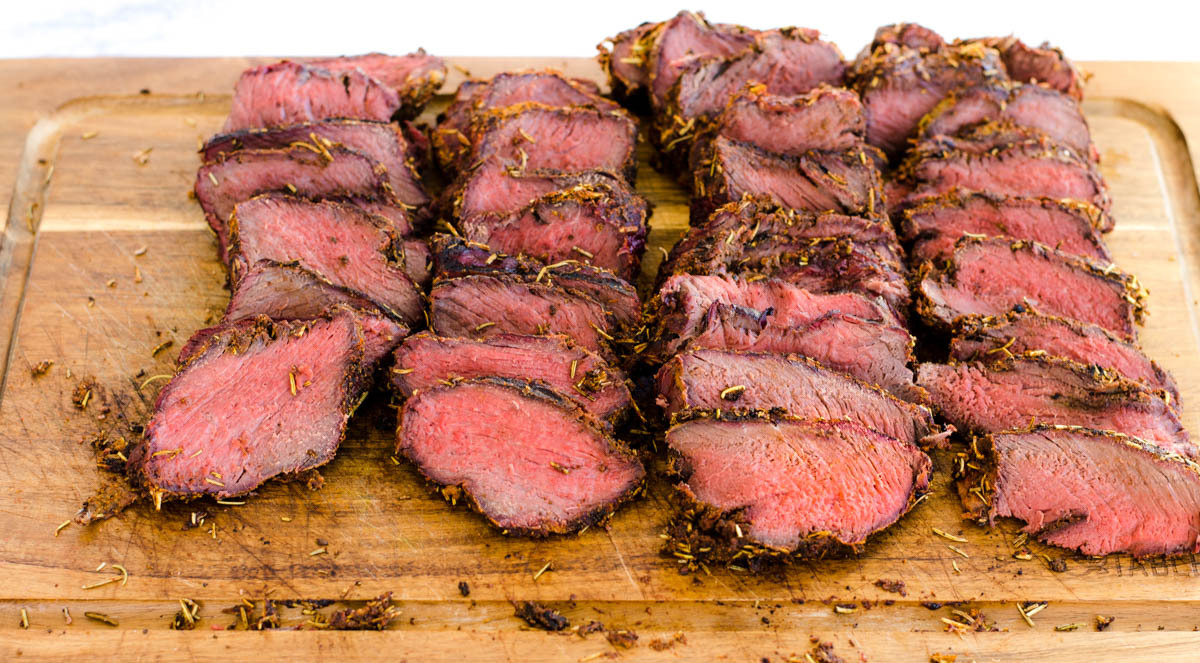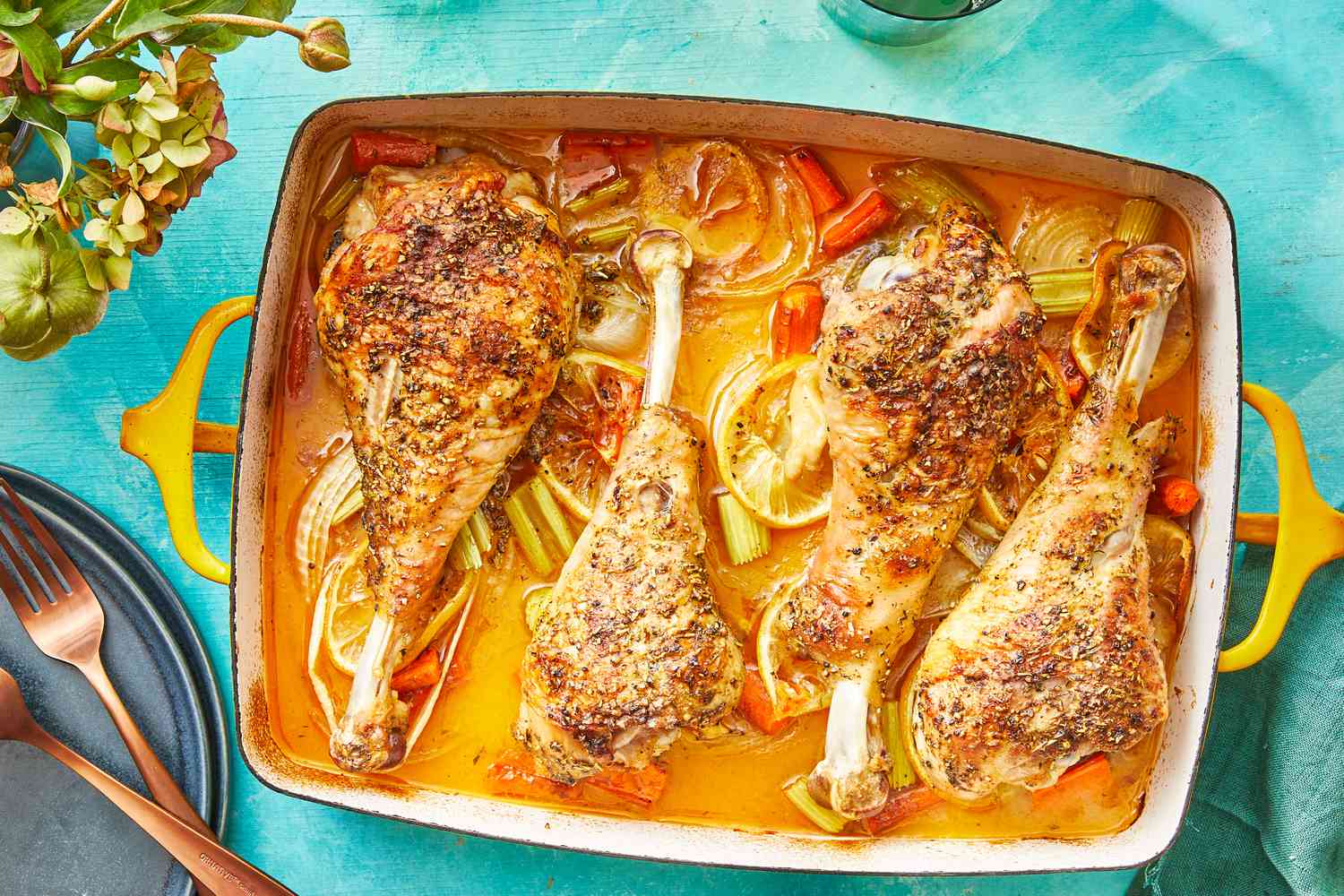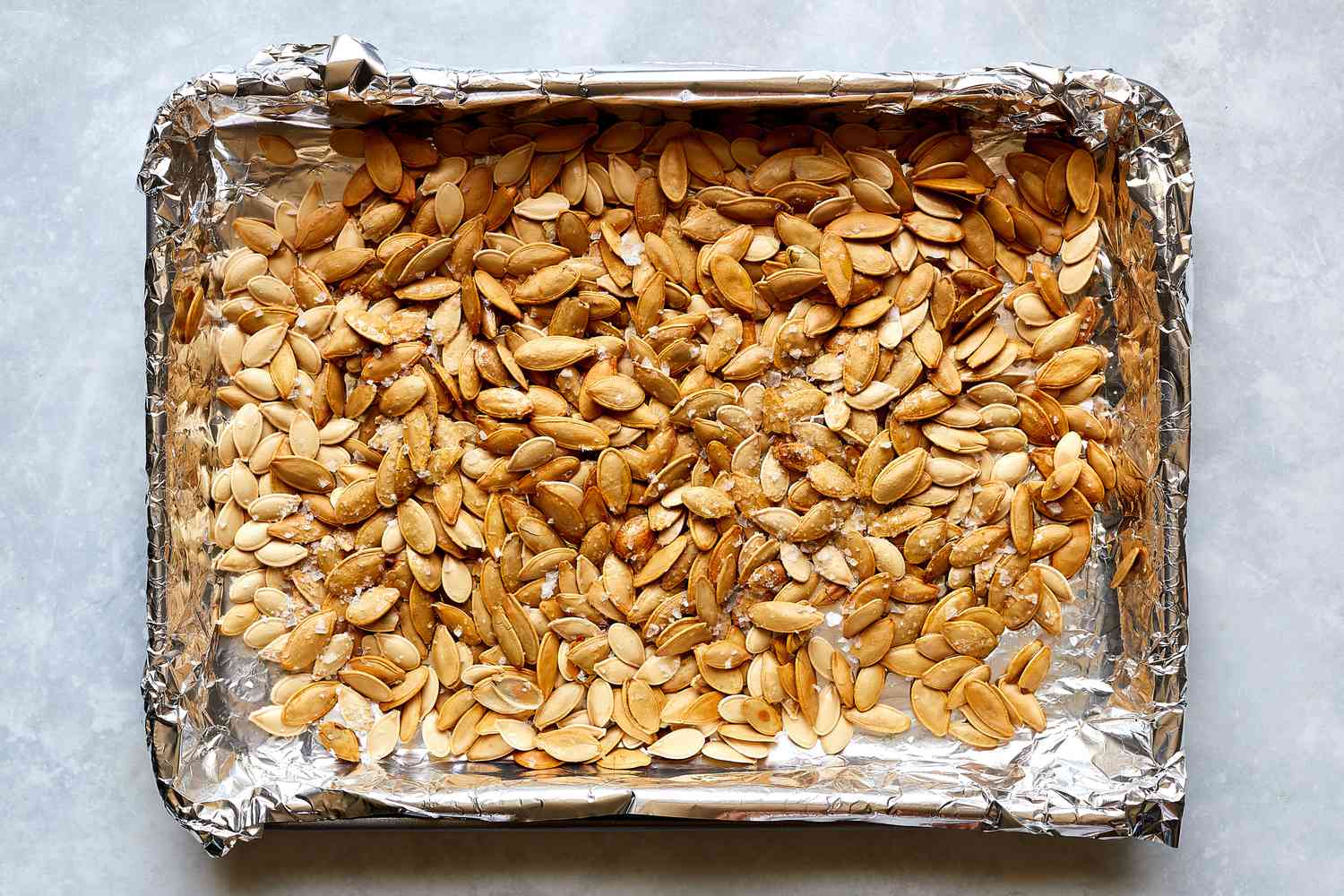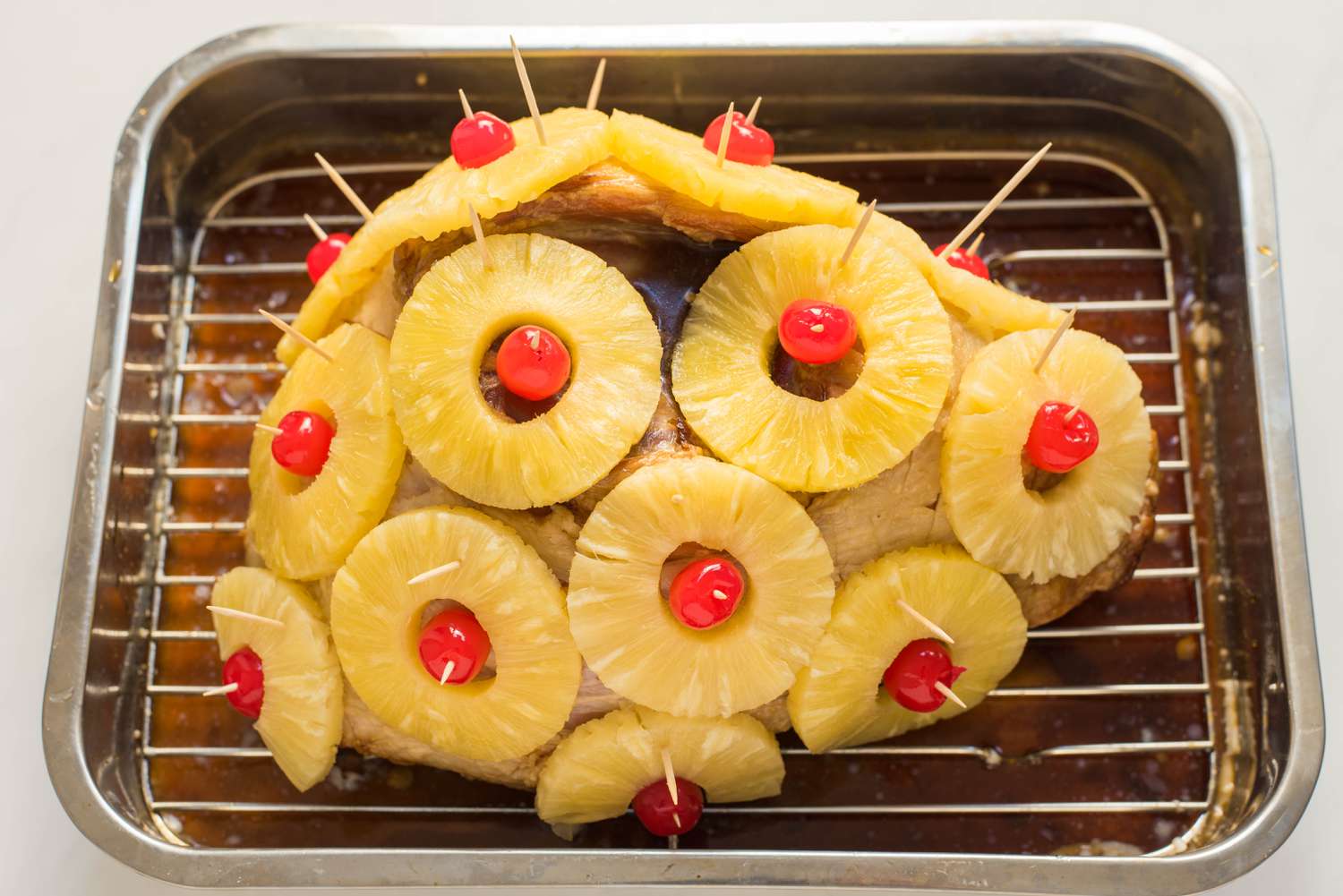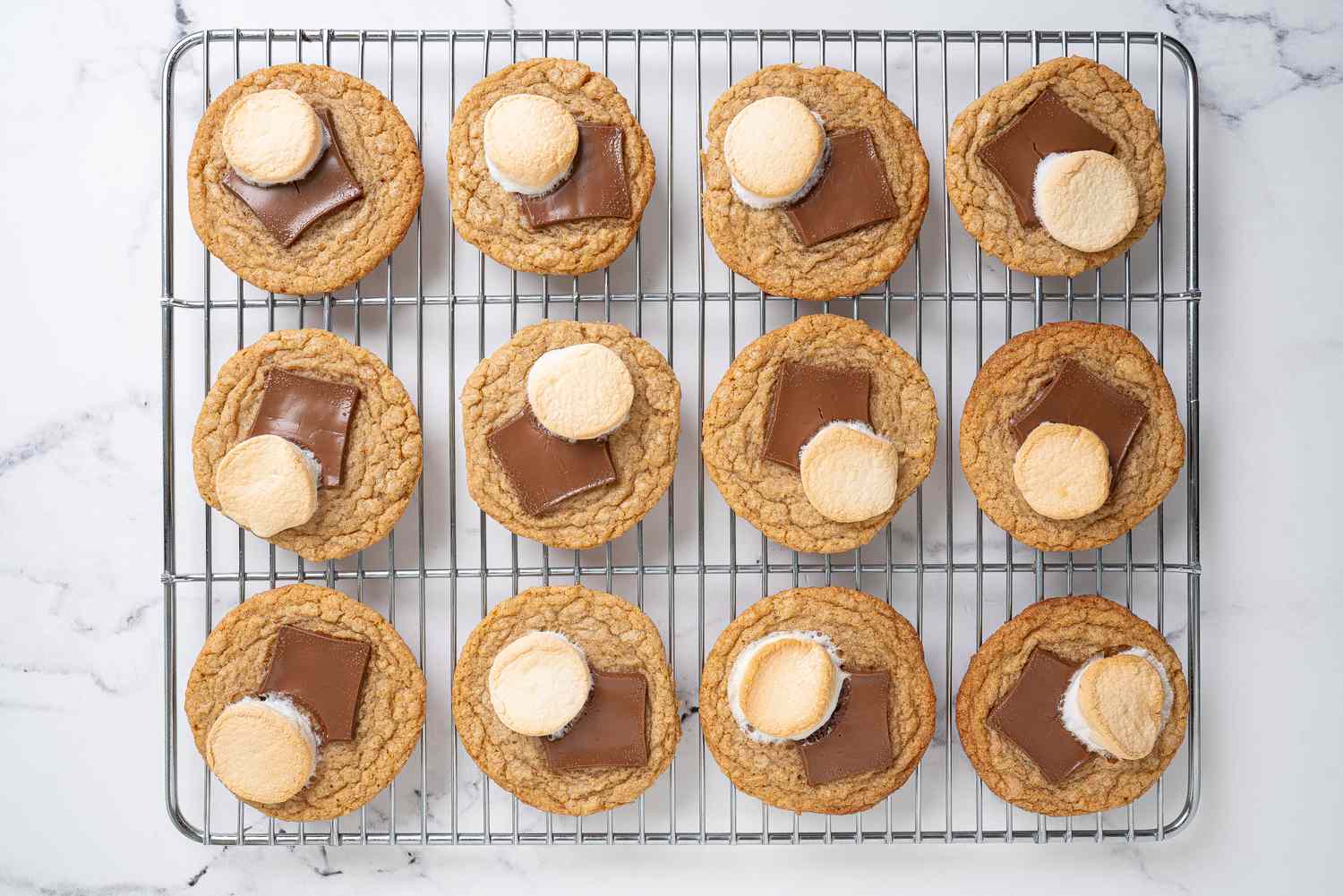Mastering the Art of Baking Perfect Bread
There’s nothing quite like the aroma of freshly baked bread wafting through the kitchen. Whether you’re a seasoned baker or a novice in the kitchen, mastering the art of baking perfect bread is a rewarding and delicious endeavor. With the right techniques and a bit of practice, you can achieve bakery-quality results right in your own home.
Choose the Right Flour
Selecting the right flour is crucial for baking perfect bread. Different types of flour have varying protein levels, which directly impact the texture and structure of the bread. For a light and airy loaf, opt for bread flour, which has a higher protein content. If you prefer a denser texture, whole wheat flour is an excellent choice. Experiment with different types of flour to find the perfect combination for your ideal loaf.
Use High-Quality Yeast
Yeast is the magic ingredient that makes bread rise. Using high-quality yeast is essential for achieving a perfect, fluffy texture. Active dry yeast and instant yeast are popular choices for bread baking. Follow the instructions on the package to activate the yeast properly, and always check the expiration date to ensure its effectiveness.
Knead the Dough Thoroughly
Kneading the dough is a critical step in developing the gluten, which gives bread its structure. Whether you knead by hand or use a stand mixer, the key is to work the dough until it becomes smooth and elastic. This process helps create the perfect texture and crumb in your finished loaf.
Allow for Proper Proofing
Proofing is the stage where the dough rises before baking. It’s essential to allow the dough to proof in a warm, draft-free environment. Cover the dough with a clean kitchen towel or plastic wrap to prevent it from drying out. Proper proofing ensures that the bread will rise evenly and achieve the desired lightness.
Bake at the Right Temperature
Baking bread at the correct temperature is crucial for achieving a golden crust and a soft interior. Preheat your oven to the recommended temperature and place a pan of hot water on the bottom rack to create steam, which helps develop a crisp crust. Follow the baking time and temperature guidelines for your specific recipe, and use an instant-read thermometer to ensure the bread is fully baked.
Experiment with Flavors and Add-Ins
Once you’ve mastered the basics of bread baking, don’t be afraid to get creative with flavors and add-ins. Whether you prefer savory herbs and cheese or sweet cinnamon and raisins, there are endless possibilities for customizing your loaves. Experiment with different ingredients to create unique and delicious breads that suit your taste preferences.
Practice Makes Perfect
Like any culinary skill, baking perfect bread takes practice. Don’t be discouraged if your first few loaves don’t turn out exactly as you’d hoped. Take note of the results, make adjustments, and keep experimenting until you achieve the perfect loaf. With time and experience, you’ll become a master bread baker in your own kitchen.
By following these tips and techniques, you can elevate your bread baking skills and consistently produce perfect loaves that will impress your family and friends. So, roll up your sleeves, dust off your apron, and get ready to enjoy the delicious rewards of baking your own perfect bread.
Was this page helpful?
Read Next: How To Bake A Custard Pie In A Water Bath
